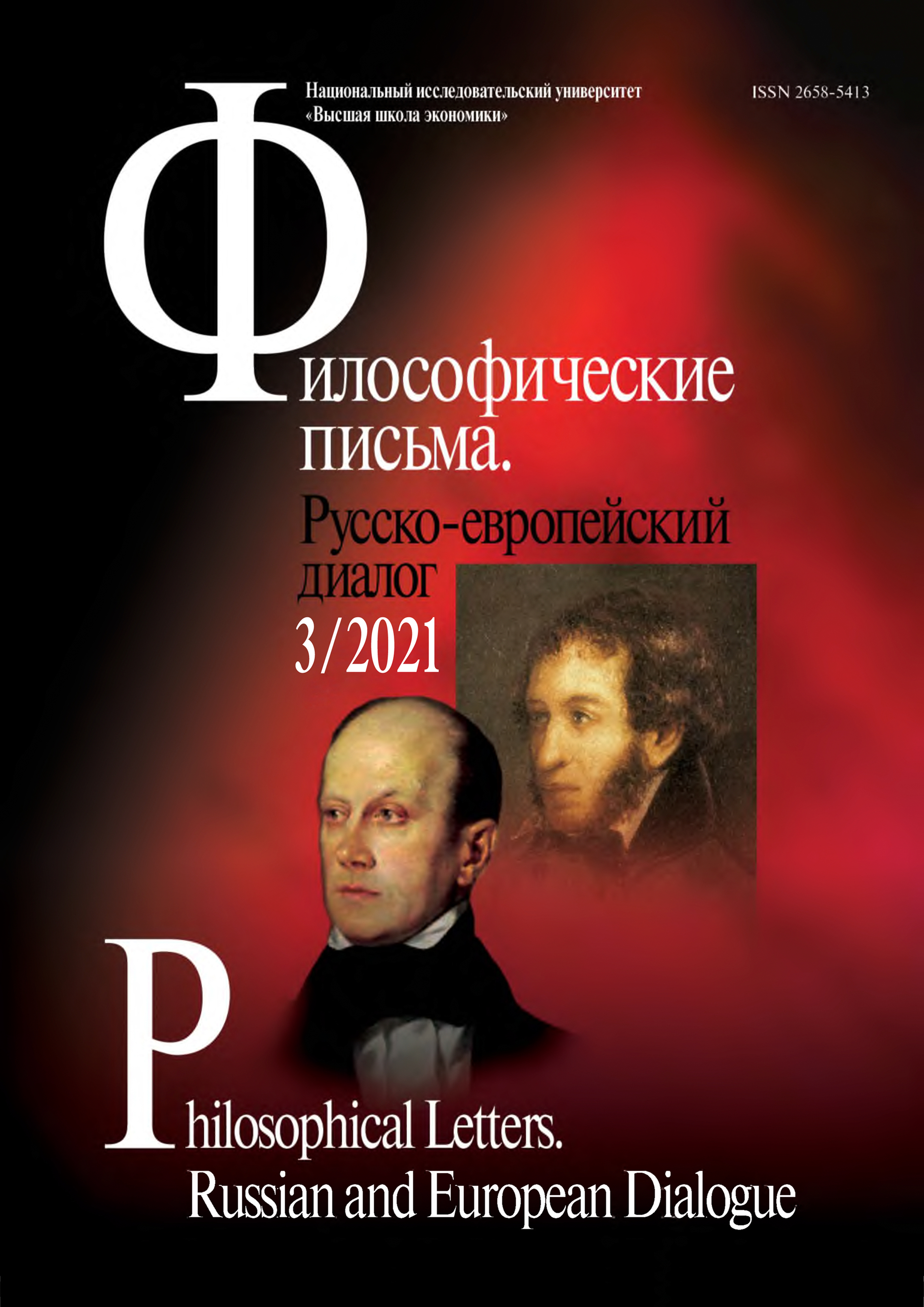Europe meets Dostoevsky: From the history of translations of Russian writer works
Abstract
Dostoevsky was little known to the European reader during his lifetime, although the first translation was made a few months after his literary
debut in 1846. Later, with a gap of 10–15 years, several more publications appeared (in German and French), but these were only fragments of his novels. The real discovery of Dostoevsky occurred only after the writer’s death. The unprecedented scale of Dostoevsky’s funeral drew the attention of European intellectuals to him. For 20 years, 146 translations of Dostoevsky’s works into 19 European languages were carried out. Articles and monographs on Dostoevsky began to appear, and he became an important figure in the spiritual life of Europeans. By the early 1890s, Dostoevsky was recognized as the undisputed classic of European literature. The article provides statistics and dynamics of translations of Dostoevsky’s works, cites materials from newspaper publications of the 1880–1890s, reflecting the process of Europe’s acquaintance with Dostoevsky’s literary heritage.

